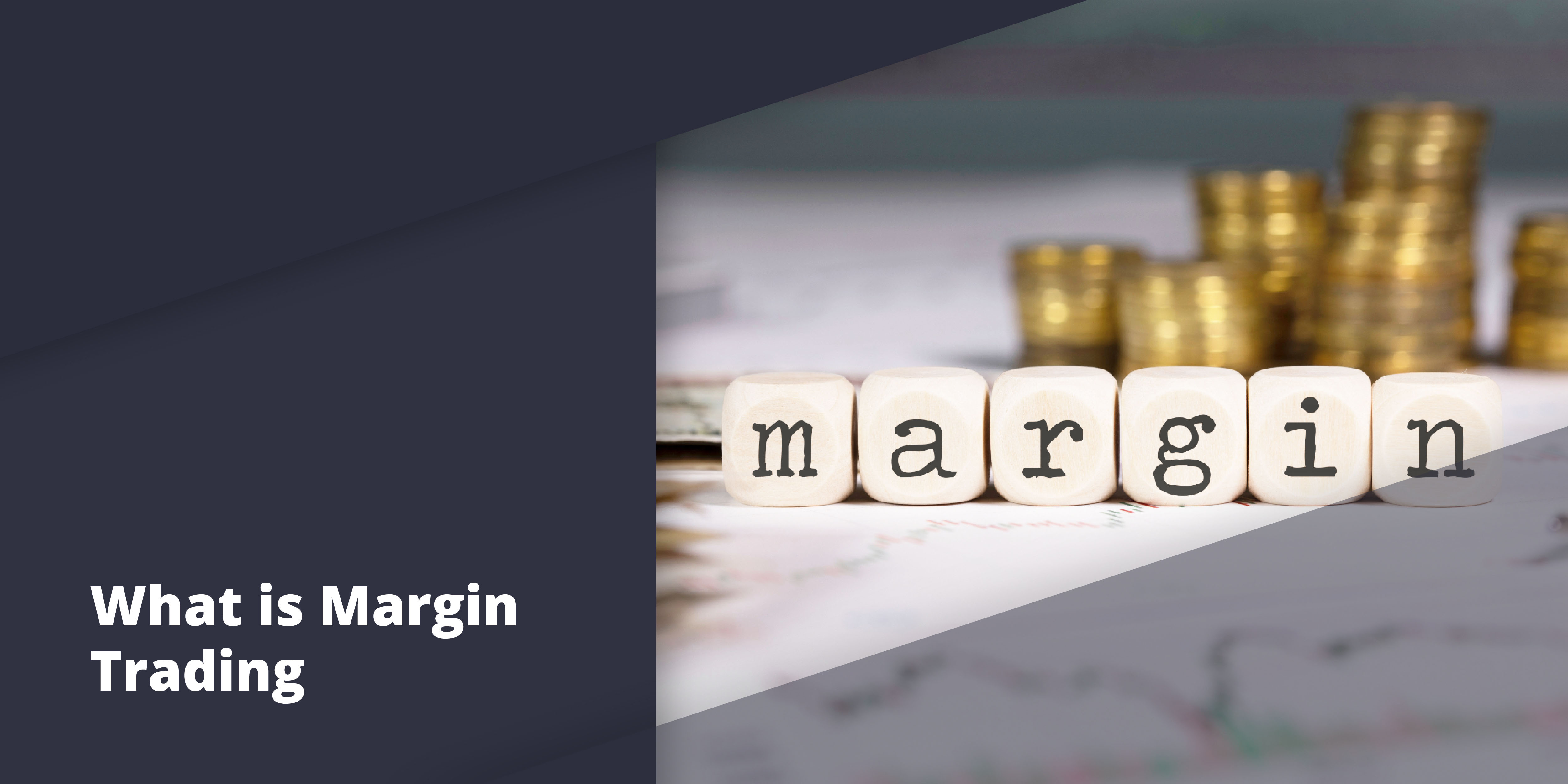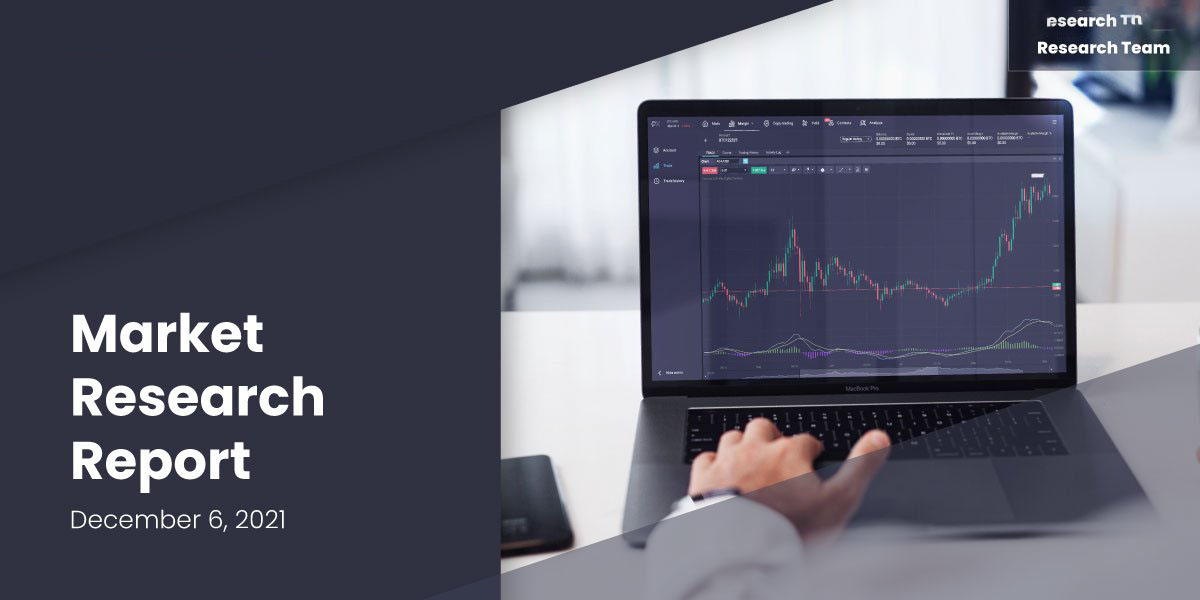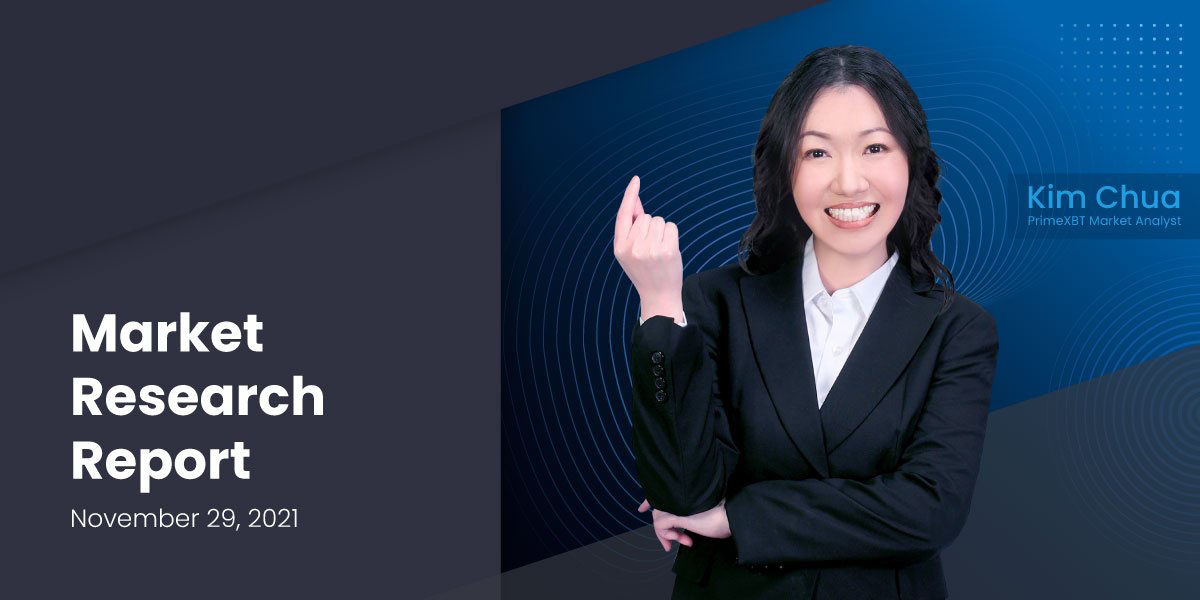Margin Trading has become a popular term across many different trading markets, and in recent times it has become very highly regarded in the emerging cryptocurrency market. This style of trading is seen as one that offers high reward, but as with most types of trading, it does come with risks.
Margin definitions are essentially letting a trader put up less capital to effect a bigger trade, and if that trade is successful they reap the reward of the bigger margin dependent on the leverage. It has other advantages too; such as offering gearing opportunities, and allowing both long and short trading on different markets.
 Margin trading has always been popular in markets like forex and commodities, but in cryptocurrency markets it is even more effective as this style of trading can thrive on volatile assets and offer quick gains, as well as large profit margins.
Margin trading has always been popular in markets like forex and commodities, but in cryptocurrency markets it is even more effective as this style of trading can thrive on volatile assets and offer quick gains, as well as large profit margins.
What is Margin Trading?
The main margin meaning is that you will borrow funds from a third-party for your trade — more often than not, this third party is the platform you are trading on. The point of borrowing these funds is to supplement and expand the capital for a trade making it a much bigger and more significant trade. In doing this, the trade then is leveraged by a certain amount.
Margin trading was originally seen as useful for low volatility markets as small changes in the price could be magnified by large margins and leverages, but its popularity has bloomed with the more risky cryptocurrency traders who like to magnify positions with high volatility.
This boost in buying power is the crux of margin trading, but it does open up doors to other types of trading — such as shorting and longing a market. However, it also comes with inherent risks as the taking up of margin funds is based on the premise that the trader gets the direction of the market move right.
If they get the market move wrong, and it goes against their margin call, the trader can incur heavy losses and even liquidations.
How Does Margin Trading Work?
When a trader opens up a margin trade, they will have to put up a percentage of the total amount they want to trade with. This percentage is obviously smaller than the full amount meaning there is less capital used. This initial investment is known as the margin, and it is closely related to the concept of leverage.
Margin Trading accounts are thus set up to make the leverage, and the leverage indicates how much the trade will be multiplied by. In other words, if the trader is looking to put up a $10,000 trade with a leverage of 10:1, or 10x, then the trader would have to put up a $1,000 margin.
The leverage amount is what makes the margin trading more attractive as these ratios can get quite large — especially in the cryptocurrency space. For example, 2:1 is a typical ratio, while futures contracts are often traded at a 15:1 leverage. In regards to Forex brokerages, margin trades are frequently leveraged at a 50:1 ratio, but 100:1 and 200:1 are also used in some cases.
Margin trading is also used for both long, and short markets. If a trader thinks the market will keep rising, they will long the market through a margin trade, and if the assumption is the market will fall, they will short it.
During the open margin trade the trader’s assets act as collateral for the borrowed funds. This is the most important part to understand as it links back to the high risk and high reward of this type of treading. If the market moves against the position of the trade, the platform that borrowed the funds has the right to sell the margin and liquidate the trader’s position.
So, if you put in a short call and the market grows, you could be margin called when the price rises significantly. A margin call occurs when a trader is required to deposit more funds into their margin account in order to reach the minimum margin trading requirements.
If this does not happen then that margin amount is automatically liquidated to cover their losses.
Advantages and Disadvantages of Margin Trading
Advantages: Margin trading is popular because it allows a chance for bigger profits with less capital put up. A trader can magnify a single trade by as much as 100x in certain circumstances. And, if they make the right call, their profit returned is 100x bigger.
However, Margin Trading can also be used to diversify a portfolio as more trades can be made with a smaller amount of capital that will still be worthwhile should the trades be successful. A trader can put $1,000 into a number of markets and if some of those calls are good, the returns can be big enough to cover the losses.
More so, it is a gearing opportunity where the need of less capital frees up additional capital for diverse trades, or to even mitigate losses as not all of the traders capital will be tied up in one trade, or one market. They can keep hold of cash to use to their advantage.
Disadvantages: However, when there is promise of big returns, it often comes with a warning of bigger risks. The gains that can be magnified by margin trading can also become losses magnified in the same manner.
Unlike the regular spot trading, margin trading introduces the possibility of losses that exceed a trader’s initial investment and, as such, is considered a high-risk trading method.
Higher leverages also amplify market movements that go against the trade. So, a small market drop on a long position is heavily magnified when trading with a high leveraged position. That is why investors who decide to utilize margin trading employ proper risk management strategies and make use of risk mitigation tools, such as stop-limit orders.
How to Reduce Risks?
Margin trading is high risk, and high reward, but that alone is often not enough to tempt people to try this method of trading. The risks, that can be magnified, are often too off putting — unless there is a risk management strategy in place.
There will never be a fool proof way to mitigate the risks of margin trading entirely, but there are strategies that can be put in place to help traders control them and lessen the blow should these risks come to be.
There are a few good practices that any margin trader can do from the start which would be considered wise and a way to mitigate some of the biggest risks from this type of trading. It all starts with one of the most basic rules of trading: Invest wisely.
Don’t invest more than you can lose: It is the basic premise of risk aversion in trading, but putting a trade that can go bad that will cost you more than you can afford is an easy way to be killed off in trading and to suffer huge losses.
Even if it is sport trading, or margin trading, it is important to trade only the money you have to lose. If margin trading, this means looking at the leverage in terms of profit as well as losses. For example if an investor who borrows $1,000 to purchase $2,000 worth of cryptos, they need to understand that any losses will be increased by a factor of two. This means the trader should only invest if they have sufficient funds to weather a temporary move against their position and meet a margin call, if necessary.
Don’t go all out, too soon: Having access to big leverages, and a chance to maximise profits may sound like an invitation to go full out straight away and use the highest leverage and put capital in every market. This is not wise, especially at the start of your margin trading journey.
Having capital leftover because you only had to put in a margin amount means that capital should be held onto in case of basd trades or to mitigate losses and risk. Rather invest small amounts, with adequate leverage to gain confidence before pushing out the boat too much.
Invest with your head: No investment is ever certain, but some calls are more sure than others. If you are going to margin trade, and use a large leverage, then it is far better to do it on trades you feel almost certain about.
Having the access to a margin trading account does not mean every trade has to have massive leverage as this can lead to more losses and magnified ones at that. Save the margin trading for the certain trades, and be more savvy with the uncertain calls.
Margin Trading: what do you need to know?
Margin trading is a trading method that is quite unique and involves a lot of moving parts as there is the borrowing of funds from a third-party. This means that there is more money at play, and therefore bigger profits, but it also means that the money being used to magnify is not yours and must be looked after / returned, regardless of what happens in the trade.
This means there are a few terms and occurrences that you need to know when you start margin trading. Understanding these will give you a more rounded understanding of this trading, but also make sure there are no surprises.
What is a Margin Account?
In traditional markets, a margin account is a brokerage account that allows the broker to kebd customers cash to buy their chosen stock or financial product. These accounts set the customer up to make margin trades as they are also able to put up their margin amount as collateral and receive the leveraged capital from the broker to make the bigger trade.
These accounts, as they work with what are essentially loans, they also come with interest from the broker or the platform. As long as the loaned amount remains outstanding, there will be an interest charge. This is especially important to note if the trade goes against the call and the trader remains underwater. They may be margin called, on top of paying interest.
What is a Margin Call?
Because the margin amount acts as collateral, the broker or platform that loaned out the capital will keep a close eye on this amount in relation to the market moves. When the value of an investor’s margin account falls below the broker’s required amount, a Margin call is made. Then, the investor must choose to either deposit more money in the account to meet the call or sell some of the assets held in their account.
Essentially, Margin calls are demands for additional capital or assets to bring a margin account up to the minimum maintenance margin.
What is Margin Interest?
As expressed above, the use of a margin account is the use of a loan. When ever taking a loan there is always interest involved and the same happens here when a margin trade is taken out. The amount loaned by the platform accrued interest when it was loaned out.
The interest amount will usually be set by the platform or broker, but it is important to work out how much that will be when taking out your margin trade as it will play a part in profits and losses.
For example: If you were to borrow $30,000 to buy a cryptocurrency that you intend to hold for a period of 10 days where the margin interest rate is 6% annually. You would calculate the cost of borrowing.
First, take the amount of money being borrowed and multiply it by the rate being charged:
$30,000 x .06 (6%) = $1,800
Then take the resulting number and divide it by the number of days in a year. The brokerage industry typically uses 360 days and not the expected 365 days.
$1,800 / 360 = 5
Next, multiply this number by the total number of days you have borrowed, or expect to borrow, the money on margin:
5 x 10 = $50
Using this example, it will cost you $50 in margin interest to borrow $30,000 for 10 days.
Margin Trading Strategies
There are a number of effective ways to use margin trading to maximise your profits, but these all involve different tips and strategies. Just like there is a way to mitigate risks though margin risk management strategies, there are those ways to get the most out of Margin Trading.
Use margin at the right times: Margin trading should not be seen as a get rich quick scheme, and it is far better suited as a strategy for long-term steady gains. A trader long-term growth that is used for multiple purposes might find margin trading most appropriate, especially if you are an active trader.
At the same time, it is wise to use only trading capital for margin trades due to the inherent risks, you would probably not want to use margin for retirement assets or for capital that is targeted to fund specific things such as the down payment of a house or a child’s education.
Keep it short: Margin trading costs you the longer you keep it open, so you should view these trades as short term investments. It is recommended that you limit margin purchases to short periods of time. Even setting one- or two-month windows for margin purchases so that you are not exposed for too long a period to unforeseen price drops or market corrections is a good call
Avoid margin calls. Margin Calls can wreak havoc with your trading strategy and can force you to sell a position in an inopportune time, locking in losses or missing out on a rally. Worse yet, you could see your account liquidated. To avoid this situation, calculate up front your minimum maintenance requirement — typically 30% of the current value of the account — and make sure it does not go below this limit.
Conclusion
Margin trading is a powerful tool that is designed to maximize profits while keeping capital input low. But this is not a free ride to guaranteed big returns. Margin trading should be respected as it can also come with major risks.
That being said, these risks can be mitigated if the trader is smart and understands what they are getting themselves into when essentially borrowing money to make trades. Margin trading, when executed right, can be a long and successful strategy.
Risk Disclaimer:
Investing in or trading gold or other metals can be risky and lead to a complete loss of capital. This guide should not be considered investment advice, and investing in gold CFDs is done at your own risk.
The information provided does not constitute, in any way, a solicitation or inducement to buy or sell cryptocurrencies, derivatives, foreign exchange products, CFDs, securities, and similar products. Comments and analysis reflect the views of different external and internal analysts at any given time and are subject to change at any time. Moreover, they can not constitute a commitment or guarantee on the part of Proinvestmentfx. The recipient acknowledges and agrees that by their very nature any investment in a financial instrument is of a random nature and therefore any such investment constitutes a risky investment for which the recipient is solely responsible. It is specified that the past performance of a financial product does not prejudge in any way their future performance. The foreign exchange market and derivatives such as CFDs (Contracts for Difference), Non-Deliverable Bitcoin Settled Products and Short-Term Bitcoin Settled Contracts involve a high degree of risk. They require a good level of financial knowledge and experience. Proinvestmentfx recommends the consultation of a financial professional who would have a perfect knowledge of the financial and patrimonial situation of the recipient of this message and would be able to verify that the financial products mentioned are adapted to the said situation and the financial objectives pursued.




